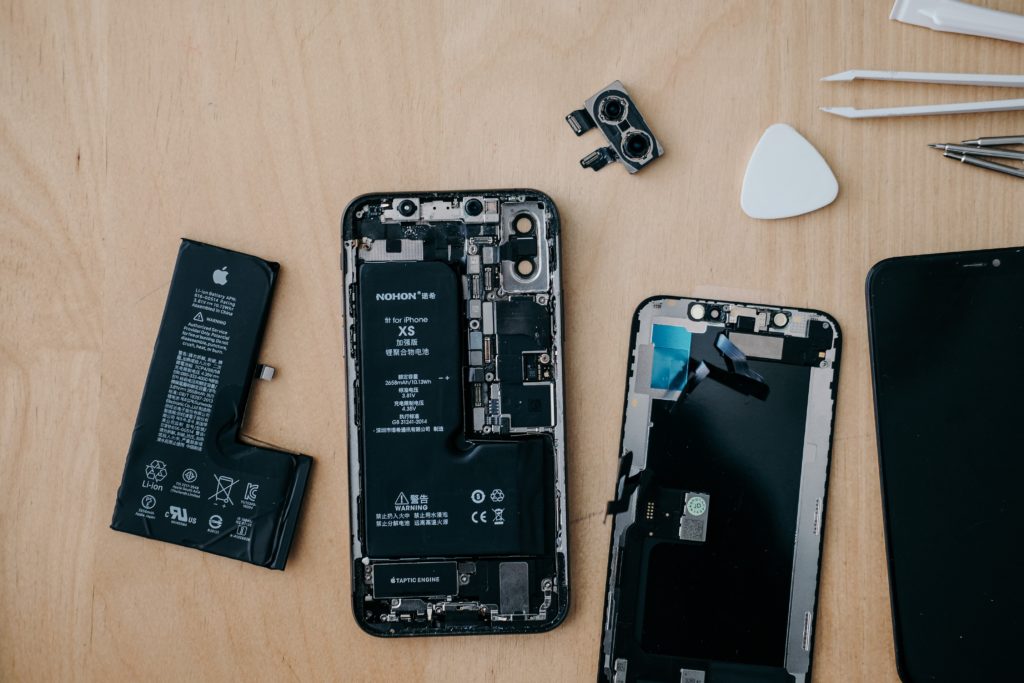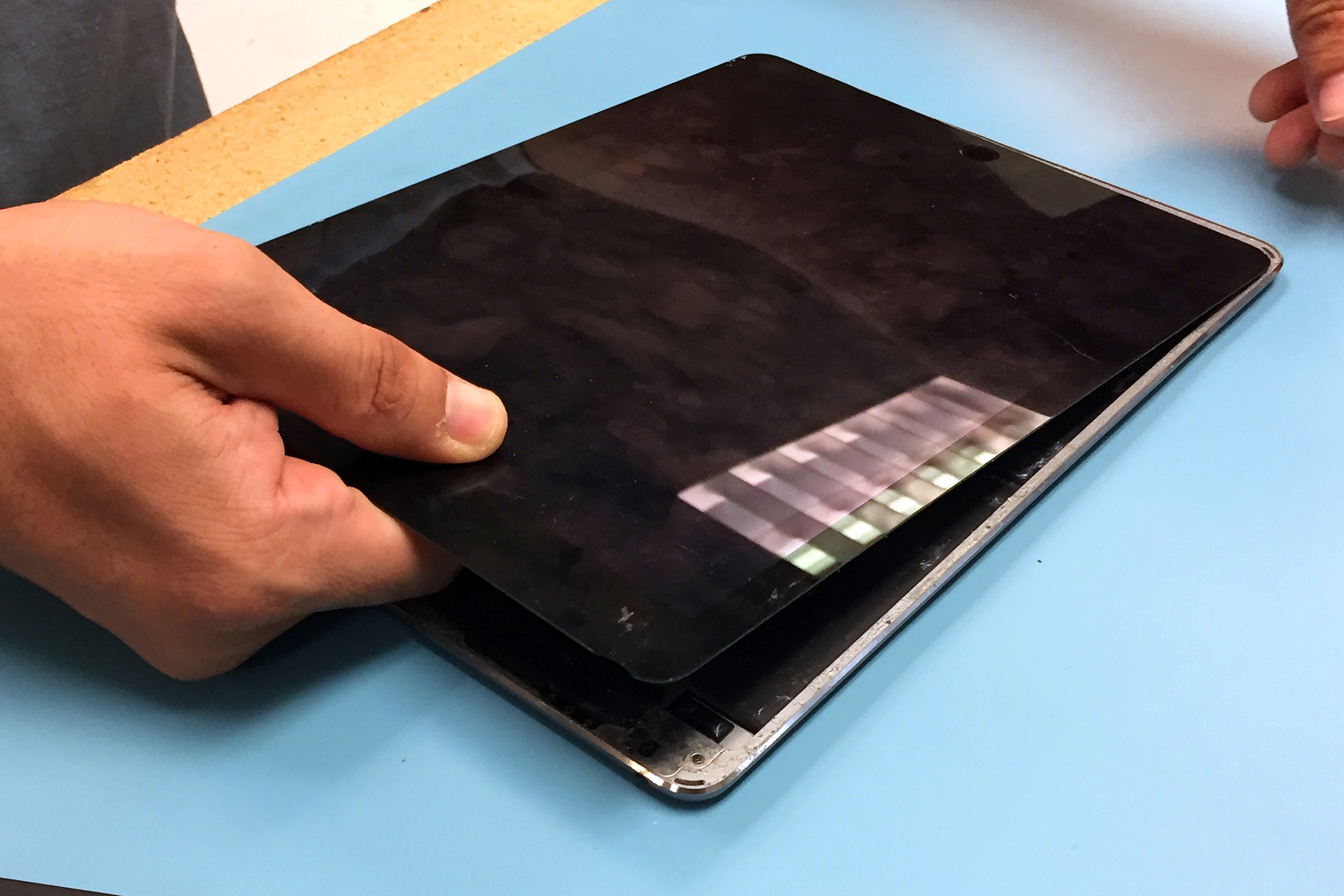Oh no! Your smartphone is broken. Now you’re thinking about getting it fixed. But wait! You’ve heard a lot of things about phone repairs, and you’re not sure what’s true and what’s not. Well, you’re in luck! We’re here to clear up some common myths about smartphone repairs.
Smartphone Repair Myths 1: Only the Manufacturer Can Fix My Phone
A lot of people think that only the company that made their phone can fix it. But that’s not true! There are many skilled and experienced repair shops, like iFixYouri, that can fix your phone. These shops often have experts who know a lot about different types of phones. They can get the parts they need and have the right tools to do the job. Plus, they might be able to fix your phone faster and for less money than the manufacturer.
Myth 2: Repairs Are Too Expensive
Some people think that fixing a phone is very expensive. But this isn’t always the case. The cost can depend on what’s wrong with your phone. For example, replacing a cracked screen can be much cheaper than buying a new phone. Plus, some problems might seem big but are actually easy to fix. It’s always a good idea to ask a repair shop about the cost before deciding what to do.

Myth 3: Repairs Will Void My Warranty
You might have heard that getting your phone fixed by someone other than the manufacturer will void your warranty. But this isn’t always true. In many places, companies can’t refuse to honor a warranty just because someone else fixed the phone. But it’s important to check the details of your warranty to be sure.
Myth 4: Repaired Phones Are Never As Good As New
Some people worry that a phone that’s been repaired won’t work as well as a new one. But a good repair shop can often get a phone working like new again. They use high-quality parts and know how to fix many different problems. After the repair, your phone might work just as well as it did before it was broken.
Myth 5: I Can Fix My Phone Myself
You might see videos online that show how to fix phones. But be careful! Phones are complicated devices. If you try to fix your phone yourself, you might end up causing more damage. It’s usually better to let an expert handle it.
So there you have it. Those are some of the most common smartphone repair myths about smartphone repairs. Remember, if your phone is broken, it’s always a good idea to talk to a repair shop. They can give you advice, tell you how much a repair would cost, and help you decide what to do. Don’t let myths and misunderstandings keep you from making the best choice for your phone.

















